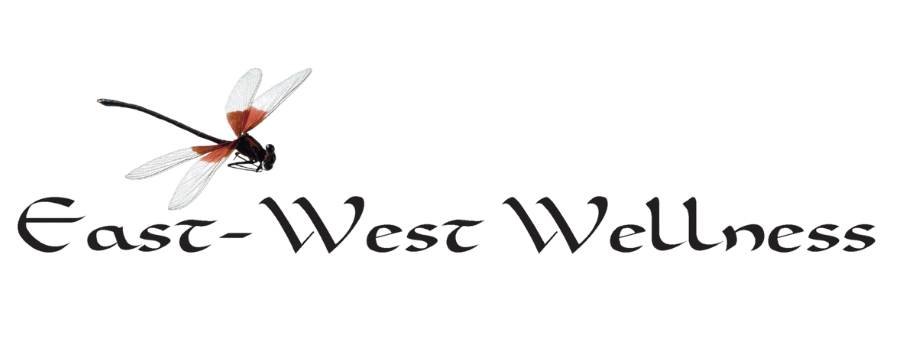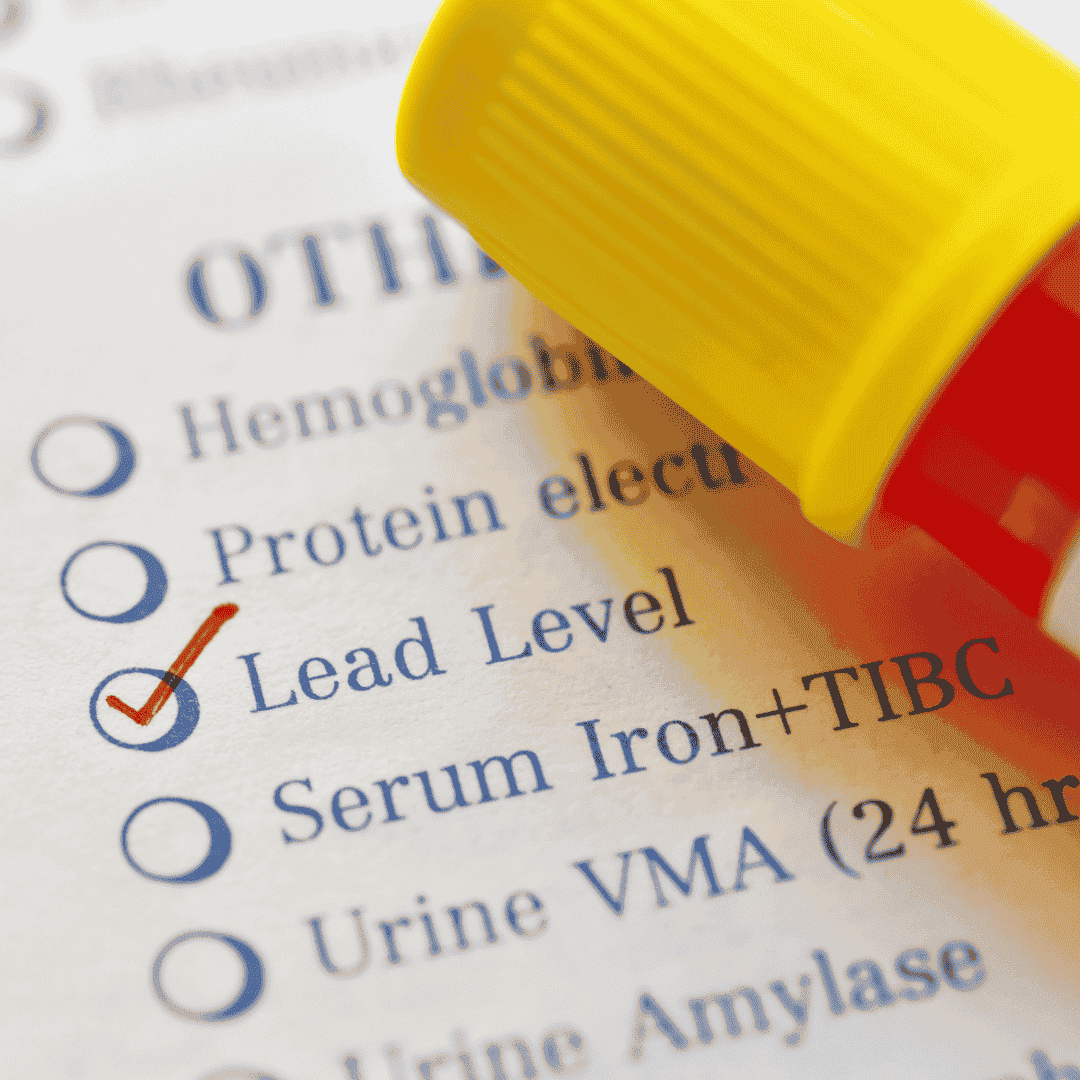Navigating Wellness: Demystifying Cleanse vs. Detox
January is the time for a refresh and to renew for the new year. In much of the country, January is cold or at least cooler. During the holiday season we see an increase in socializing, holiday parties, celebrations, richer food offerings and potentially more alcohol. Often there is less physical activity too. We may even see our weight creep up between October and beginning of January. I hear complaints of feeling sluggish, fatigue, change of bowels and foggy brain. As an experienced practitioner, I am often asked my opinion on what I think of these resets and how to safely accomplish them. Here are some of my thoughts to consider.
Cleanse vs. Detox
There is a technical difference between doing a cleanse versus a detox. Often, they are used interchangeably… incorrectly. From the medical perspective, detoxification refers to a natural physiological process in which the body eliminates and neutralizes toxic substances. This process occurs in organs like the liver, GI tract, kidney, and skin. A cleanse is a short-term dietary regimen aimed at decreasing the total burden to the body from consuming ultra-processed foods, rich foods high in sodium, fat and trans fats, chemicals, preservatives, and alcohol. This may include consuming specific foods, juices, or herbal supplements with purported detoxifying properties. More vegetables, fruits, fiber, and added micronutrients needed for the rest and repair phase are suggested. It also reduces the burden on the liver and other internal organs necessary for digestion. In my mind, you can use support products that are food-based or considered functional foods for cleanses versus a more pharmaceutical approach using products at therapeutic doses to push detoxification. A cleanse is generally a more gentle and supportive approach, whereas detoxification can be much harder and have a higher chance of adverse effects if done incorrectly.
Doing a cleanse is always appropriate, especially after an extended time of celebration with excess… food, alcohol, and/or lack of sleep. A cleanse can be done safely any time of year. Eating more plant-based foods like vegetables, fruits, grains, legumes/pulses; leaner proteins like salmon, cod, mackerel, trout; and other white meats like chicken and lean pork are necessary for balanced nutrition. Overnight fasting of at least 12 and no more than 16 hours helps to clean up the free radicals from the day before and reduce oxidative stress. Breakfast (literally meaning to break fasting) is the most important meal of the day and should be big enough to anchor your blood sugar once you begin to consume foods that day. You want to aim for 30+ grams of protein for breakfast combined with some healthy carbohydrates and fats. This will anchor your blood sugar and give you the building blocks to make neurotransmitters for clear thinking and laser focus. Try to be mindful of temperature too, when it is cold outside eat warmer cooked foods and when it is warmer outside you can incorporate cooler or raw foods. It seems simple but consuming 30+ grams of protein as part of a complete breakfast is not easy and takes intention to implement daily. Check out our example meal plan for a safe way to cleanse.
Detoxification is a more deliberate, therapeutic, comprehensive approach and it is aimed at increasing toxin and waste product elimination. A cleansing diet is often implemented alongside a detox, but keep in mind that the body must have the proper amount of calories and nutrients to support increasing the detoxification pathways. Restrictive diets or days of fasting can actually cause adverse effects, such as headaches from detoxing too rapidly.
Possible Consequences of Improper Detoxification
Nutrient Deficiencies: Some detox programs involve restrictive diets or fasting, which may lead to insufficient intake of essential nutrients. This can result in deficiencies and negatively impact overall health. Typical poor dietary habits, chronic high stressors, and genetic SNPs could contribute to low nutrient status too. It is important that you can physically handle the demand of a detoxification protocol.
Electrolyte Imbalance: Rapid detoxification methods, such as extreme fasting or excessive sweating, can lead to electrolyte imbalances. Electrolytes are essential for various bodily functions, and an imbalance can cause issues with muscle function, nerve impulses, organ function, and fluid balance.
Fatigue and Weakness: Detox programs that involve significant calorie restriction or fasting may lead to fatigue and weakness due to the body's limited energy reserves.
Gastrointestinal Issues: Sudden changes in diet, especially those involving a drastic increase in fiber or specific cleansing substances, may cause gastrointestinal distress, including bloating, gas, or diarrhea.
Headaches and Dizziness: Detoxification processes can release stored toxins into the bloodstream. If the body cannot eliminate these substances efficiently, it may lead to symptoms such as headaches, dizziness, or malaise. This is common when using an infrared sauna for too long. The infrared sauna should feel like a warm hug and make you feel rejuvenated.
Compromised Immune Function: Extreme detox measures may weaken the immune system, making the body more susceptible to infections and illnesses. It is common after an improper detox that someone comes down with a cold or flu.
Detox Reactions: Some people may experience detox reactions, also known as a "healing crisis," where symptoms temporarily worsen before improving. While these reactions can be a sign of the body adjusting to changes, they can also be challenging to endure and signal that the system is going too fast to handle detoxing properly.
Mold or Heavy Metal Detoxification Considerations
Some of the biggest problems that I see arise are from improper mold or heavy metal detoxification. Mold and heavy metal toxicity can have serious health implications, and improper detoxification methods may lead to adverse effects. Here are some general considerations for detoxing heavy metals:
Consult a Healthcare Professional: Before starting any heavy metal detoxification program, consult with a healthcare professional, such as a registered dietitian. They can assess your health status, conduct relevant tests, and provide guidance tailored to your individual needs.
Identify and Confirm Heavy Metal Exposure: Determine which specific heavy metals you may have been exposed to. This information can be obtained through blood tests or other diagnostic methods. It is important to understand what and how to approach this exposure.
Avoid Further Exposure: Identify and reduce exposure to sources of heavy metals and other environmental toxins in your environment. This may include contaminated water, certain foods, occupational exposure, or dental materials. There are exposures to common sources from food colorings, pesticides, exhaust, purchase receipts, ceramics, medications, antiperspirants, and antacids to name a few. Take steps to minimize exposure to heavy metals wherever possible.
Nutrient Support: Ensure adequate intake of essential nutrients that support the body's natural detoxification processes. These may include antioxidants like vitamin C, selenium, and glutathione precursors. A well-balanced and nutrient-dense diet is essential.
Stay Hydrated: Drink plenty of clean, filtered water to support the elimination of toxins through urine. Proper hydration is crucial for overall health and facilitates the removal of waste products from the body. And if you use a Reverse Osmosis System as I do, you must replete your minerals from your high nutrient foods and possibly an additional mineral supplement.
Chelation Therapy: Chelation therapy is a medical procedure that involves the use of chelating agents to bind and remove heavy metals from the body. This should only be done under the supervision of a qualified healthcare professional, as improper use can lead to serious side effects.
Detoxifying Foods: Include foods in your diet daily that are believed to support the detoxification of heavy metals. These may include cilantro, chlorella, spirulina, garlic, and other foods with potential chelating properties. However, scientific evidence supporting the efficacy of these foods for heavy metal chelation is limited and likely inadequate when focused on detoxing heavy metals.
Sauna Therapy: Some studies suggest that sauna therapy, particularly infrared saunas, may help eliminate certain heavy metals and other environmental toxins through sweating. A good rule of thumb is if you are getting dizzy or a headache in the sauna you likely need more water and/or you have surpassed your limit. Remember, start low and go slow when detoxifying.
Monitor and Adjust: Regularly monitor your progress and adjust your detoxification plan as needed. If you experience adverse effects, discontinue the program and consult with a healthcare professional.
Final Thoughts
Keep in mind a food-based high-nutrient cleanse any time to reset. Consider a focused personalized detoxification with an experienced healthcare professional when there are chronic health concerns where a cleanse is not enough, such as in cardiovascular, gastrointestinal, neurological or immune complaints and when there are known toxin exposures to mold, heavy metals or environmental.



